If you’re working with brushless DC motors or diving into motor design, you already know that the right magnet for brushless DC motor can make or break performance. But what exactly makes a magnet ideal for these motors? And how do different magnet materials impact efficiency, durability, and cost? In this guide, we’ll cut through the noise and give you clear, expert insights on choosing the perfect magnet—backed by NBAEM’s trusted expertise in high-quality magnetic solutions. Ready to unlock your motor’s full potential? Let’s get started!
What is a Brushless DC Motor
A Brushless DC (BLDC) motor is an electric motor that runs without brushes, unlike traditional brushed motors. This design offers higher efficiency, longer life, and quieter operation, making BLDC motors popular in electric vehicles, drones, and household appliances.
Basic Working Principle of BLDC Motors
BLDC motors work on the principle of electromagnetism. Instead of brushes, they use electronic controllers to switch the current in the stator windings. This creates a rotating magnetic field that interacts with permanent magnets on the rotor, causing it to spin. The precise timing of this current switching is crucial for smooth and efficient operation.
Key Components of BLDC Motors with Focus on the Rotor Magnetic System
The main parts of a BLDC motor include the stator, rotor, electronic controller, and magnets. The rotor houses strong permanent magnets, which play a vital role. These magnets create a steady magnetic field that the stator windings interact with to generate torque. The quality and type of these rotor magnets directly impact the motor’s performance.
Why Magnets Are Essential in BLDC Motor Operation
Magnets are at the core of BLDC motor function. Without powerful, reliable magnets on the rotor, the motor can’t generate enough magnetic flux to produce torque efficiently. High-performance magnets ensure better energy conversion, higher torque output, and improved overall efficiency. That’s why selecting the right magnet material and grade is critical when designing or upgrading a BLDC motor.
Types of Magnets Used in BLDC Motors

Brushless DC motors rely on strong, reliable magnets to deliver performance. The three main types of magnets used in BLDC motors are Neodymium Iron Boron (NdFeB), Ferrite Ceramic, and Samarium Cobalt (SmCo). Each has different magnetic properties, strengths, and best-fit applications.
Common Magnet Types
| Magnet Type | Key Features |
|---|---|
| Neodymium Iron Boron (NdFeB) | Highest magnetic strength, excellent energy product (BHmax), cost-effective but sensitive to heat |
| Ferrite Ceramic | Lower magnetic strength, very affordable, good corrosion resistance, stable at high temps but bulkier |
| Samarium Cobalt (SmCo) | High temperature stability, good corrosion resistance, moderate magnetic strength, more expensive |
Comparing Magnetic Properties
| Property | NdFeB | Ferrite Ceramic | SmCo |
|---|---|---|---|
| Coercivity | High | Moderate | Very High |
| Energy Product (BHmax) | Very High | Low | High |
| Temperature Stability | Moderate (up to ~150°C) | High (can exceed 250°C) | Excellent (>300°C) |
| Corrosion Resistance | Low (needs coating) | High (naturally) | High (naturally) |
| Cost | Moderate | Low | High |
Advantages and Disadvantages
- NdFeB: Best for high-torque, compact BLDC motors. Offers great performance but requires protective coatings and careful thermal management.
- Ferrite Ceramic: Good for budget-friendly motors where size and weight aren’t critical, often used in household appliances.
- SmCo: Ideal for motors in harsh conditions or high-temperature environments like aerospace or industrial applications due to excellent stability and corrosion resistance.
Applications Based on Motor Specs
-
Electric Vehicles and Drones
Mainly use NdFeB magnets for their high energy density and efficiency.
-
Household Appliances
Often use ferrite because of its cost-effectiveness and sufficient performance.
-
High-Temperature or Harsh Environments
SmCo magnets are preferred when motors face extreme heat or corrosive conditions.
Choosing the right magnet type directly impacts motor efficiency, size, durability, and overall cost. For more details on magnet types and their advantages, check out Neodymium magnets vs ceramic magnets.
Key Magnetic Properties That Influence BLDC Motor Performance
When it comes to brushless DC motors, the magnet is a game changer. Here are the main magnetic properties that directly affect how well your BLDC motor performs:
Magnetic Flux Density and Energy Product (BHmax):
This measures how strong and concentrated the magnet’s magnetic field is. A higher BHmax means the magnet can produce more magnetic flux in a smaller size, which leads to better torque and power output from the motor.
Temperature Resistance and Thermal Stability:
Magnets in BLDC motors face heat from currents and environmental conditions. Magnets with good thermal stability keep their magnetic strength even at high temps, avoiding performance drops during extended use.
Corrosion Resistance and Coating Options:
Many magnets, especially Neodymium varieties, can corrode over time. Protective coatings like nickel or epoxy prevent rust and extend magnet life, which is crucial for motors used outdoors or in humid conditions.
Mechanical Strength and Impact on Durability:
Strong magnets resist cracking or chipping during assembly and operation. This mechanical toughness helps maintain motor reliability and prevents performance loss caused by physical damage.
Magnet Grade and Effect on Torque Speed and Efficiency:
Magnet grade (like N42, N52 for NdFeB) defines its maximum energy product and other specs. Higher-grade magnets typically boost torque and motor efficiency but can cost more. Choosing the right grade means balancing performance targets with budget.
In short, understanding these magnetic properties helps you pick the best magnet for your BLDC motor, ensuring it runs efficiently, lasts longer, and meets your project’s performance goals.
How to Choose the Right Magnet for Your BLDC Motor Project
Picking the right magnet for your brushless DC motor depends on a few key factors. Here’s what to keep in mind:
Factors to Consider
- Motor Size: Larger motors often need stronger magnets with higher energy products. Smaller motors, like those in drones, require lighter magnets to keep weight down.
- Operating Environment: If your motor will run in high temperatures or humid conditions, choose magnets with good thermal stability and corrosion resistance.
- Performance Targets: Think about torque, speed, and efficiency needs. Higher-grade magnets (like certain NdFeB grades) can boost performance but come at a higher cost.
Balancing Cost vs Performance
- Budget: Neodymium magnets deliver excellent power but are pricier. Ferrite magnets are cheaper but less powerful.
- Lifetime and Reliability: Investing in higher-quality magnets and coatings can save on maintenance and replacements down the line.
Recommendations for Different Uses
| Application | Recommended Magnet Type | Key Reasons |
|---|---|---|
| Electric Vehicles | High-grade NdFeB | High torque, thermal stability |
| Drones | Lightweight NdFeB, mid-grade | Balance of power and weight |
| Household Devices | Ferrite or low-grade NdFeB | Cost-effective, moderate demand |
The Importance of Precision and Quality
- Precision Manufacturing: Small variations in magnet size or strength can throw off motor balance and reduce efficiency.
- Quality Control: Reliable suppliers test for consistency in coercivity, magnetization, and coating quality—ensuring your motor runs smooth and lasts longer.
Choosing the right magnet means aligning your motor’s needs with the magnet’s strength, durability, and cost. That’s how you get efficient, reliable BLDC motors suited for US market demands.
Common Magnet Shapes and Sizes for Brushless DC Motor
When it comes to magnets for brushless DC motors (BLDC motors), shape and size really matter. The three most common magnet shapes you’ll find are arc, block, and ring magnets.
- Arc magnets are curved segments that fit neatly around the rotor. They’re popular because they provide smooth magnetic flux and help improve motor efficiency.
- Block magnets are rectangular and often used in smaller motors or where cost is a big factor. They’re easier to manufacture but might not offer as even a magnetic field as arcs.
- Ring magnets are donut-shaped and used when a full circular magnetic field is needed, usually in specialized motor designs.
Many motor manufacturers also go for custom magnet shapes to perfectly match unique rotor designs. This helps optimize the motor’s magnetic field, which can boost torque and overall performance.
Why shape and size matter
- The magnetic field distribution depends heavily on the magnet’s geometry. Properly shaped magnets reduce gaps and dead zones, creating a stronger, more consistent magnetic pull.
- Size impacts the strength of the magnetic field. Bigger magnets usually mean more torque but also add weight and cost.
- The right balance between shape and size helps maximize efficiency without compromising the motor’s size or power requirements.
Choosing the correct magnet shape and size is key for getting the best out of your BLDC motor, whether you’re working on drones, electric vehicles, or household appliances.
Challenges in Magnet Manufacturing for BLDC Motors
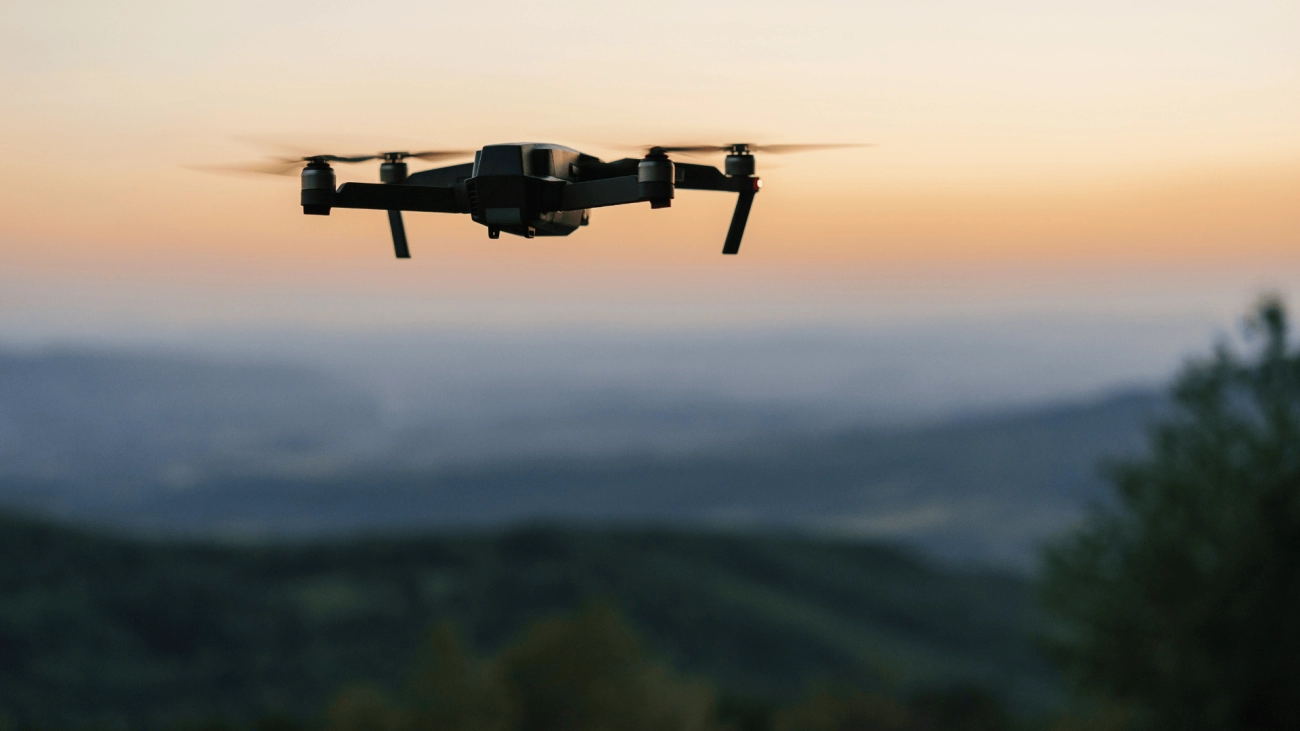
Manufacturing magnets for brushless DC motors comes with its own set of challenges, starting with the supply chain. Rare earth materials like neodymium and samarium are critical to producing high-performance magnets, but their availability can be limited due to geopolitical issues and mining restrictions. This often leads to price fluctuations and sourcing difficulties for magnet suppliers and motor manufacturers.
Manufacturing tolerances are another major factor. Even small variations in magnet size, shape, or magnetic properties can impact the motor’s torque, speed, and efficiency. Precision is key—tight tolerances ensure consistent magnetic flux distribution and stable motor performance, which is why quality control in production is so important.
On the environmental side, sustainability is becoming a priority. Recycling rare earth magnets and reducing waste in manufacturing help lower the environmental footprint of BLDC motors. Efforts are underway to develop more eco-friendly magnet materials and improve recycling technologies.
Finally, advances in magnet technology continue to improve BLDC motor design by enhancing magnetic strength, temperature resistance, and overall durability. Innovations such as improved coatings and new alloy blends make magnets more reliable and efficient, supporting the growing demand for high-quality brushless motors in sectors like electric vehicles, drones, and appliances.
For further insights on magnet production and quality, check out practices in magnetic material production.
NBAEMs Solutions High Quality Magnets for Brushless DC Motors
NBAEM offers a wide range of high-quality magnets tailored for brushless DC motor applications. Their product lineup includes various Neodymium Iron Boron (NdFeB) magnet grades optimized for different motor sizes and performance needs, ensuring each magnet delivers strong magnetic flux and reliable thermal stability.
Their magnets undergo strict quality assurance testing to meet international standards, including coercivity, energy product (BHmax), and temperature resistance checks. NBAEM holds certifications that reinforce their commitment to consistent magnet performance and durability—key factors for BLDC motor efficiency.
The company also provides custom magnet manufacturing, working closely with electric motor designers to create precise shapes, sizes, and magnetic properties. This customization helps improve motor torque, speed, and overall efficiency for applications ranging from drones to electric vehicles.
Customer support is a strong suit for NBAEM, with technical advice and post-sale assistance to ensure magnets fit perfectly into your BLDC motor project. Several success stories highlight NBAEM’s magnets powering high-performance motors that require both reliability and cost-efficiency. This makes NBAEM a solid choice for anyone needing high-performance magnets for brushless DC motors in the US market.
Future Trends Magnets and Brushless Motor Technologies
The future of magnets for brushless DC motors is tied closely to new materials and smart engineering. Researchers are developing next-gen rare earth alloys that offer stronger magnetic power while using less material. This means motors can be smaller, lighter, and more efficient—perfect for electric vehicles and drones where every ounce counts.
Miniaturization is a big trend. Manufacturers want motors that deliver more torque without growing in size. Advances in magnet technology are making this possible by improving magnetic flux density and temperature stability. These improvements help maintain performance even in harsh environments like automotive engines or industrial machines.
We’re also seeing innovation focused on sustainability. New magnet designs aim to reduce reliance on scarce rare earth elements or use more recyclable materials. Plus, quality control techniques and manufacturing precision are evolving, ensuring each magnet meets strict tolerances to boost motor efficiency and lifespan.

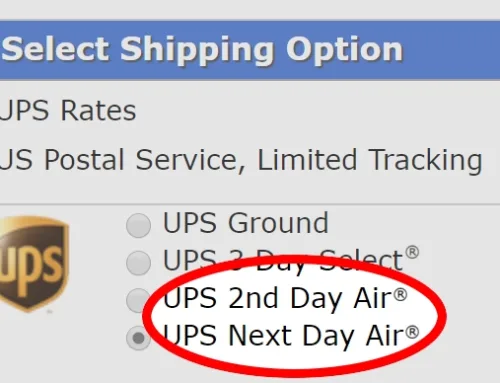
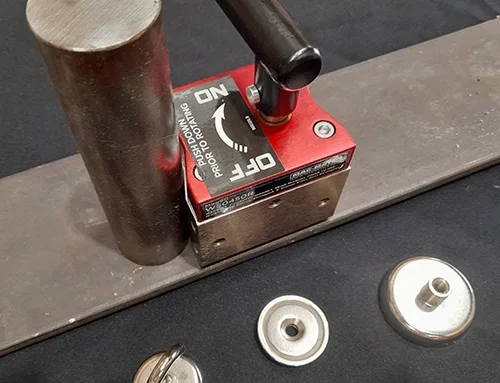
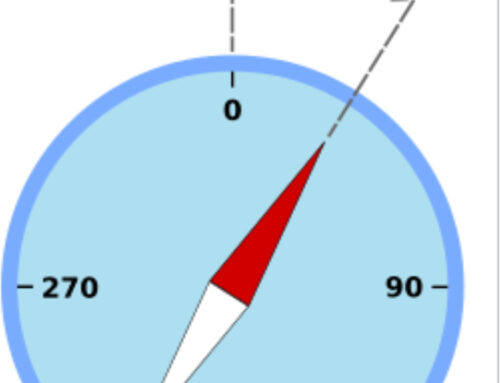
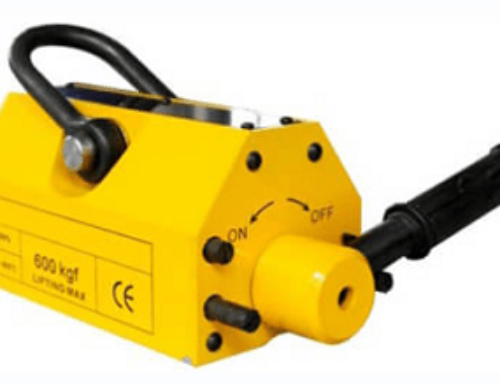
Leave A Comment